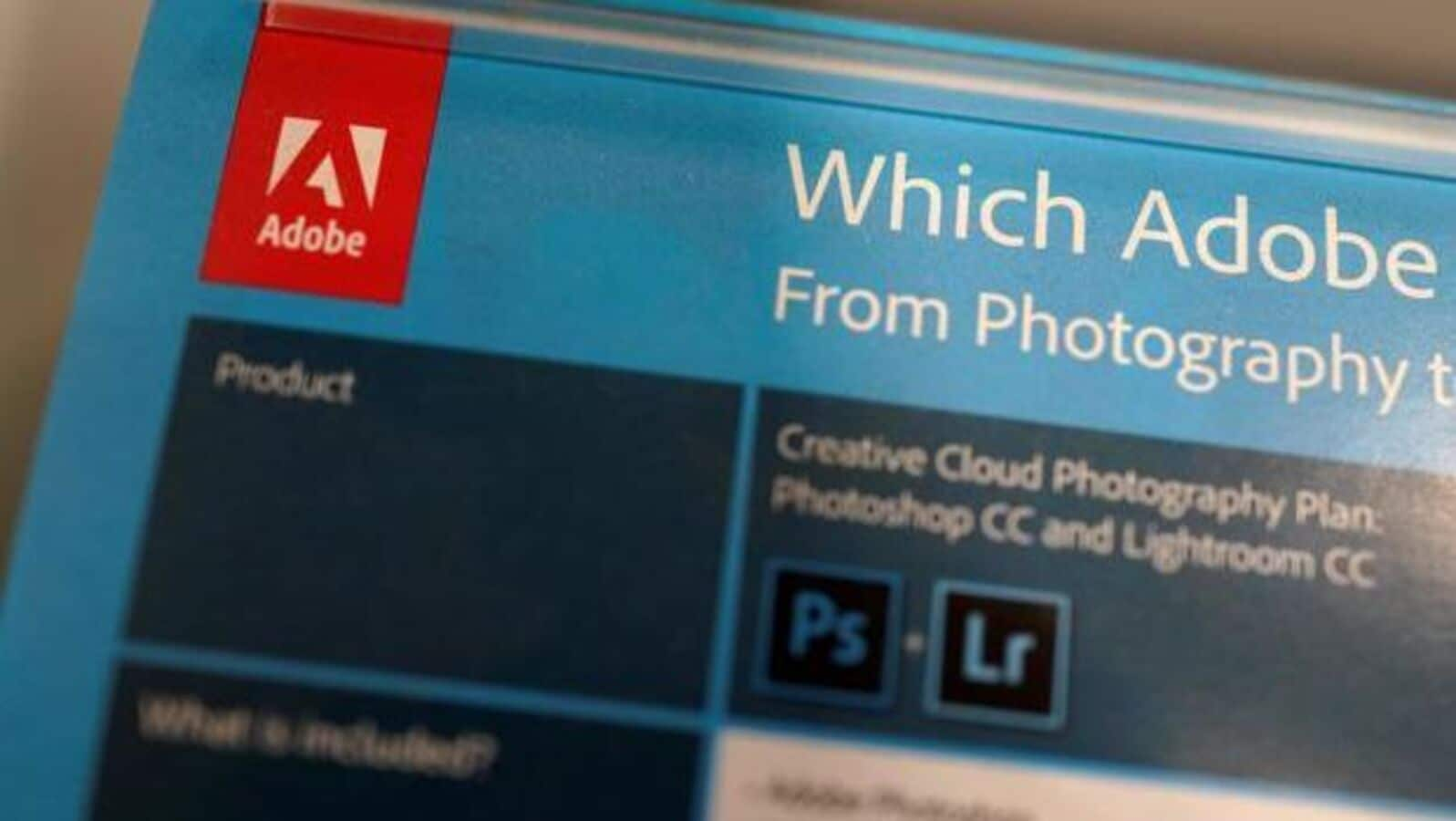NEW DELHI
:
Since the 1990s, Photoshop, an image-editing software, has become a colloquial verb for photo retouching. However, over the past two years, generative artificial intelligence (AI) has changed the way photo editing has worked so far, automating most of the steps into one-click commands. This, though, hasn’t affected Photoshop’s ubiquity—in fact, it may well be better suited for even more users now.
Why is Photoshop so significant?
The Adobe-owned photo-editing software, which started as a college project in the late 1980s, is a verb now like Xerox, Band-aid and Velcro. While there’s no official figure, the industry estimates it to have over 25 million monthly active subscribers. Those using it without a licence could be exponentially higher. On average, well over 90% of all designers and creative professionals use Photoshop in some form, making it a bellwether in the global photo-editing and -designing industry. With the global market for photo-editing tools estimated at over $3 billion annually, Photoshop alone makes a sizable dent in the creative economy.
Can generative AI completely replace it?
That was an early-stage fear. However, Adobe has implemented generative AI to work alongside designers and not replace them. The company’s proprietary AI model, Firefly, is now integrated into the application and is used to detect objects to remove, help co-design, edit images and posters, and more. Photoshop’s idea of using generative AI is akin to what GitHub did with the technology: Use it to aid but not replace creators. This, experts believe, can speed up creativity processes, and more new users may end up using Photoshop instead of new editing applications replacing the tool.
Are other image editors also on a similar trajectory?
Yes. Autodesk’s Pixlr and Australia-based independent creativity suite Canva are two of the most popular image-editing applications after Photoshop. They, too, have started implementing open-source AI models into their software to attract more users beyond designers.
Will other creativity apps face a similar impact?
The idea is to use generative AI to make creative designing accessible to novices and non-designers. Photoshop’s trajectory now offers novices a reason to subscribe to it, with the AI interface making the app’s technical features seem simple to most. Other creativity apps, such as Microsoft PowerPoint, are also incorporating generative AI to add illustrations and simplify designing. In the long run, Big Tech hopes that the simplicity of AI will draw more users to these apps, which, in turn, will increase subscription revenue beyond just those who specialize in creative fields.
For more such explainers, read Primer.
Does this mean designers are nearly out of business?
This is a mixed bag. India has a large, unorganized economy of image-related businesses in physical stores along office districts. These businesses specialize in making basic posters and illustrations. With generative AI integrated into Photoshop and similar applications, in-house marketing teams and even individuals can make basic creative designs. In a way, while this may reduce the revenue of unofficial businesses, that’s good news for the likes of Adobe and Autodesk. However, professional designers would find great value in AI-assisted Photoshop—this can reduce turnaround times and enable better original designs and animations in the long run.
